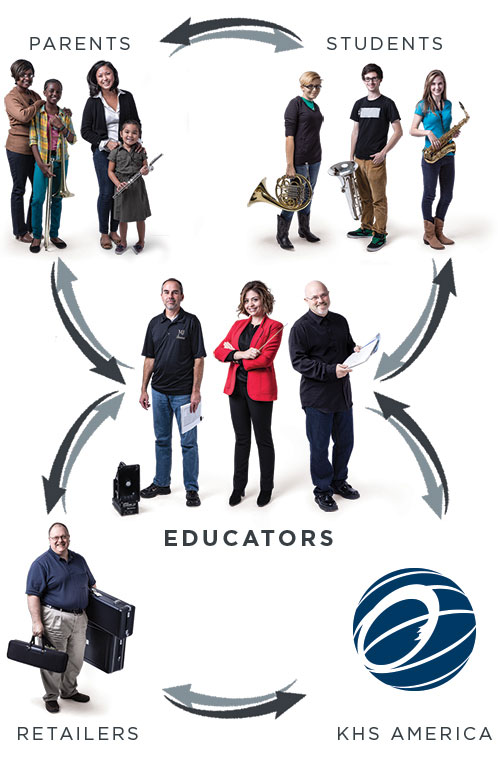I’m guessing the only saying about practicing that is more famous than the words that title this blog are those from the story of a visitor to New York City who asked a local, “How do you get to Carnegie Hall?” only to hear the reply, “Practice.” And then there’s the famous “Don’t practice until you get it right, practice until you can’t get it wrong.” But does practice make it perfect? We all know it does only when that which is practiced is correct. Sadly, all too often I find students practice poorly simply because they don’t know how and what to practice.
I think the first step is to give students a clear agenda of what to practice, and even better, a realistic schedule of how long to practice each item on that list. Many very short amounts to practice are always an easier pill to swallow than a few larger tasks. Lots of short “action items” on that practice schedule that students can “check off” can give them a feeling of accomplishment for those sometimes-tiny steps along the way.
So often we see a student practicing their trumpet hunched over the kitchen table or living room sofa (which is being used as a music stand!) only to know that they are “practicing” bad posture, breathing, and hand position. It points out the importance of training students to create the correct environment when they practice: a quiet (without the TV playing!) room with good lighting, a chair that’s conducive to good playing, a real (not their case!) music stand, a mirror, a metronome, a pencil, a tuner, and a clock to keep track of that practice schedule.
Then we need to teach students how to practice. They need to understand that practicing isn’t simply running through their band music, or assigned lesson page, from beginning to end until they’re tired. We must teach them techniques like: practicing difficult passages very slowly and increasing speed as they improve, using a metronome for steadiness of tempo, “looping” challenging measures to isolate problem spots, chanting or clapping difficult rhythms before attempting to play them, using a tuner to focus on specific intonation errors, “leaving” something that has become frustrating and coming back to it, or very slowly and firmly moving keys, slides or valves – in an almost robotic way – without making a sound to help develop kinesthetic memory. These few ideas and volumes more, though second nature to us, are things our students need to be taught to make sure their “practice makes perfect!”
Peter Loel Boonshaft, Director of Education
KHS America
The content of this Blog article or Banded Story is the intellectual property of the author(s) and cannot be duplicated without the permission of KHS America and/or the author(s). Standard copyright rules apply.



 We look forward to the evolution of this exciting program, and welcome feedback on how we can further enhance the work that you do in music education.
We are excited to offer your program the opportunity to join the KHS America Academic Alliance today.
We look forward to the evolution of this exciting program, and welcome feedback on how we can further enhance the work that you do in music education.
We are excited to offer your program the opportunity to join the KHS America Academic Alliance today.
OMG you read my mind. I’ve been using the last few days of “virtual band” to teach and review these exact ideas.